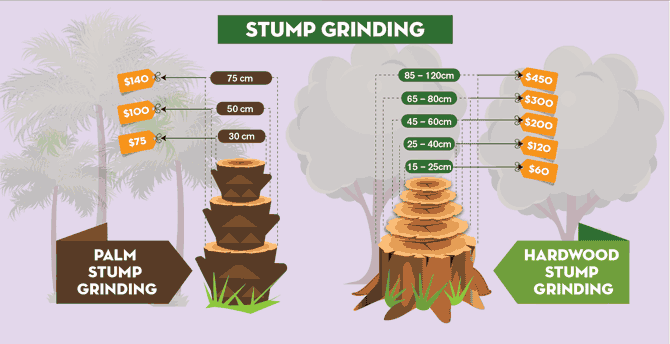Post-Tree Elimination Maintenance: Effective Methods For Landscape Repair
Post-Tree Elimination Maintenance: Effective Methods For Landscape Repair
Blog Article
When To Prune Holly Trees Composed By-Powell Als
After a tree's removal, your landscape may look quite different, and it's essential to evaluate the consequences very carefully. You'll intend to examine the soil disruption and inspect bordering plants for any signs of tension. Ignoring these aspects can result in bigger issues down the line. So, what should you make with those stumps and roots? And exactly how do https://www.minthilltimes.com/columns/lets-get-moving-with-anna/landscaping-ideas-that-can-increase-your-homes-value/ select the most effective plants for your revitalized area? Allow's discover these vital actions.
Examining the Consequences: Assessing Your Landscape
After a tree elimination, it's vital to evaluate your landscape to recognize the effect it carries your yard.
Begin by examining the area where the tree stood. Search for signs of soil disturbance, and examine the bordering plants for any stress and anxiety or damages.
You ought to also take note of just how the elimination has transformed sunlight exposure and air movement in your garden. This change can influence the growth of close-by plants, so it's essential to review their health.
Think about https://productstokilltreestumps39617.nizarblog.com/35450779/delve-into-the-essential-actions-of-tree-stump-removal-and-uncover-the-essential-variables-that-can-influence-your-choice-to-take-action could produce an open space that you can revamp.
Ultimately, think of any kind of possible erosion problems that might develop from the tree's absence. Attending to these factors early will aid bring back equilibrium to your landscape.
Handling Stumps and Roots: Options for Elimination
As soon as you have actually evaluated the aftermath of the tree removal, you'll likely need to take on the stump and roots left behind.
You have a few choices for removal. One reliable method is stump grinding, where an expert makes use of an equipment to grind the stump down to underground degree. This approach leaves marginal interruption to your landscape.
If you prefer a DIY approach, you can make use of a mix of digging and chemical stump eliminators. Just remember, this procedure can take time and effort.
Conversely, take into consideration leaving the stump as a natural attribute, which can serve as an unique yard component or habitat for wild animals.
Whatever you choose, addressing the stump and roots is important for recovering your landscape.
Selecting the Right Plants for Your New Room
As you examine your recently gotten rid of area, picking the right plants can considerably enhance your landscape's beauty and performance.
Start by thinking about the sunlight and dirt problems. For bright locations, select drought-resistant plants like lavender or succulents. In shaded areas, ferns and hostas thrive well.
Think of the size and growth behaviors of your plants; mix perennials and annuals for seasonal variety. Do not forget to integrate native varieties; they need much less upkeep and assistance regional wild animals.
Team plants in odd numbers for a more natural appearance and create layers for visual depth.
Lastly, ensure you have a mix of colors and appearances to keep your landscape vibrant throughout the periods.
Happy growing!
Verdict
Finally, recovering your landscape after tree elimination is a satisfying process. By examining the after-effects, resolving stumps and origins, and picking the right plants, you'll develop a successful atmosphere. Don't fail to remember to include disintegration control procedures to shield your dirt. With a little initiative and treatment, you can transform your room right into a dynamic yard that boosts your residential property. Welcome the chance to rejuvenate your landscape and enjoy the beauty of nature right in your backyard!
